Since the full-scale invasion began, many young Ukrainians have faced immense life challenges: they have lost their homes, familiar social circles, and a sense of stability. During the critical period of personality formation, it is essential to have a safe environment in which one can express oneself freely, discuss emotions, and tap into inner resources. For students of the National University “Poltava Polytechnic named after Yuri Kondratyuk,” art therapy – a discipline combining creativity, psycho-emotional support, and self-discovery – has become precisely such a sanctuary.
A cycle of art therapy sessions aimed at stabilising the emotional state of young people continues at the university. One such session, held on 23 June 2025, was organised by:
– Olena Kryvenko, practical psychologist at Poltava Polytechnic and assistant at the Department of Psychology and Pedagogy;
– Dr. Viktoriia Shevchuk, Associate Professor at the Department of Psychology and Pedagogy;
– Vitalii Horhol, Senior Lecturer at the Department of Choreography and Dance Sports;
– Petro Horhol, Head of the Department of Choreography and Dance Sports, Honored Worker of Culture of Ukraine, Honorary Art Figure of Ukraine, Honored Dance Sports Specialist of Ukraine, Associate Professor.
The event formed part of the international, large-scale EU-funded Erasmus+ KA220-ADU project “TRUST” – Trauma of refugees in Europe: An approach through art therapy as a solidarity program for Ukraine war victims (Grant No. 2024-BE01-KA220-ADU-000257527).
The project title is decoded as follows:
TRUST
T – Trauma
R – Refugees
U – Ukraine
S – Solidarity
T – Therapy
The project is co-funded by the EU and led by the Centre Neuro Psychiatrique St-Martin from Belgium, in partnership with the National University “Yuri Kondratyuk Poltava Polytechnic” (Ukraine), Greek Carers Network EPIONI (Greece), Fondazione Don Luigi Di Liegro (Italy), Lekama Foundation (Luxembourg), EuroPlural Project (Portugal).
The session – titled “Me in Balance: The Body That Knows Its Centre” – served as a metaphor for seeking inner harmony amid uncertainty and stress. Central to the practical work was the “Interhemispheric Interaction” exercise, designed to engage both the left and right cerebral hemispheres simultaneously. This method enhances cognitive processes, improves concentration, increases stress resilience, and promotes overall mental well-being. Such exercises hold particular value for internally displaced students experiencing psycho-emotional exhaustion.
The comprehensive effects of the exercise include:
- Optimised learning – the coordinated activity of both hemispheres stimulates logical thinking and language (left hemisphere) alongside imagination, visual perception, and intuition (right hemisphere), significantly improving students’ ability to absorb new information, especially in a changing educational environment.
- Anxiety reduction – these practices help stabilise the nervous system, lowering anxiety levels and promoting calm in stressful situations.
- Creative thinking development – activation of the right hemisphere nurtures creativity, flexibility in problem-solving, and adaptability to unconventional circumstances.
- Improved motor coordination – cross-body movements and physical activities benefit not only brain function but also physical wellbeing, particularly when overall activity levels are low.
- Restored inner balance – for IDPs, who often carry increased emotional burdens, these practices help them rediscover their inner balance and stabilise their psychophysiological state.
A key component of the session was the cognitive-behavioural exercise “Balance of Thoughts”, which guided students to identify their own anxious beliefs, examine their validity, and reformulate them into more realistic and supportive judgments. This activity fosters critical thinking, supports a self-compassionate inner dialogue, and reduces the impact of destructive thoughts on emotional well-being.
The session culminated in bespoke body-mind exercises focusing on balance, breath, and mindful movement, led by Senior Lecturer Vitalii Horhol and Department Head Petro Horhol. Under their guidance, students progressed from simple single-leg stances to complex improvisational sequences that combined static balance elements with smooth transitions and synchronised breathing. Each movement was accompanied by careful instruction on aligning with one’s internal rhythm: participants learned to tune into their heart rate, notice tension in the shoulders or pelvis, and release it through a measured exhale. The finale – a collective “grounding” exercise – involved a synchronised transition from spatial steps into a two-footed stance, paired with a deep inhalation-exhalation cycle that helped students feel rooted, reconnect with their bodies, and find inner support in the present moment.
Participants shared powerful feedback: after only a few sessions, they felt reduced anxiety, increased self-confidence, inner peace, and strength. The integrative, creative, and bodily work not only helped them overcome personal distress but also fostered a sense of unity and mutual support among peers.
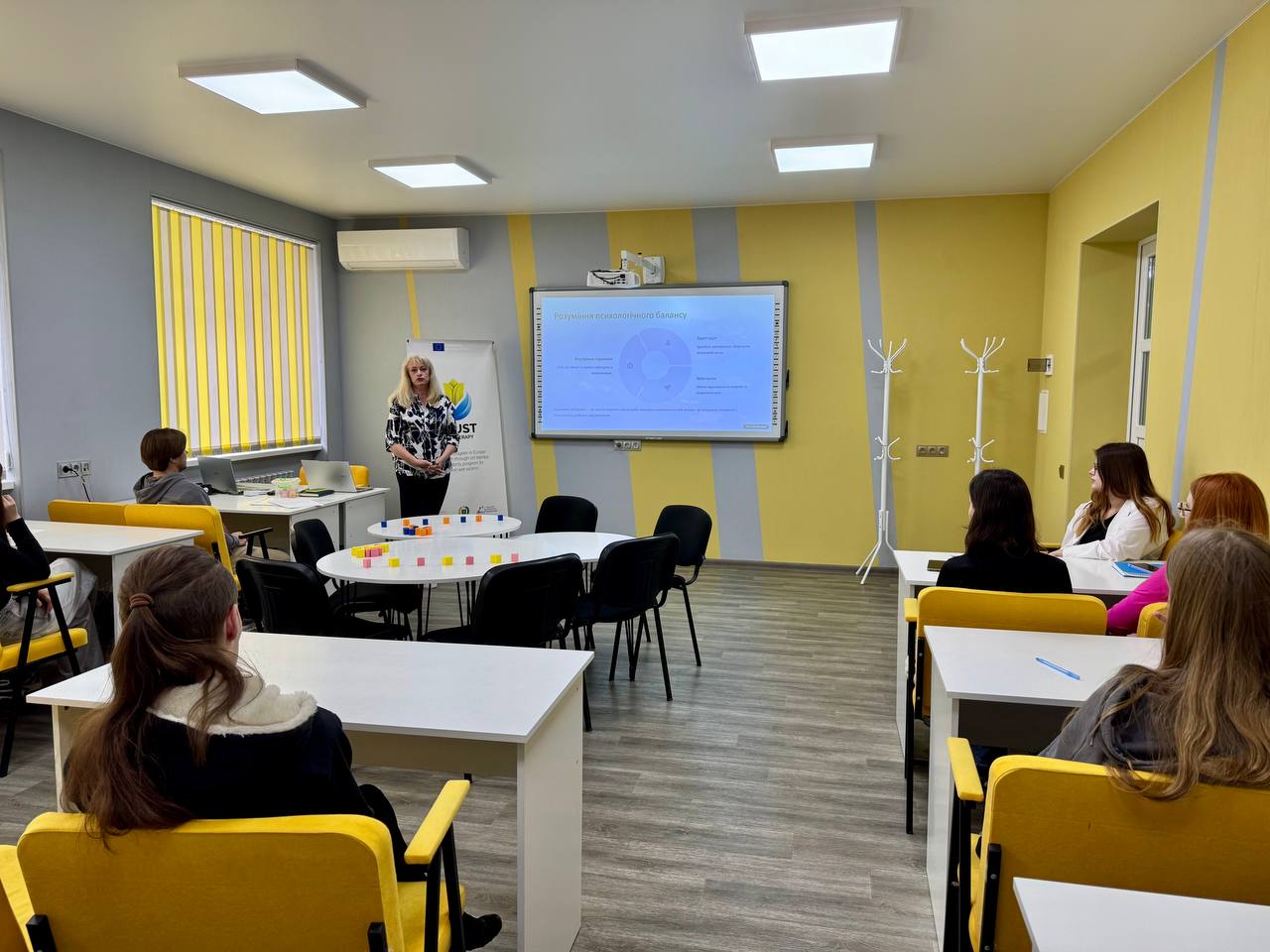
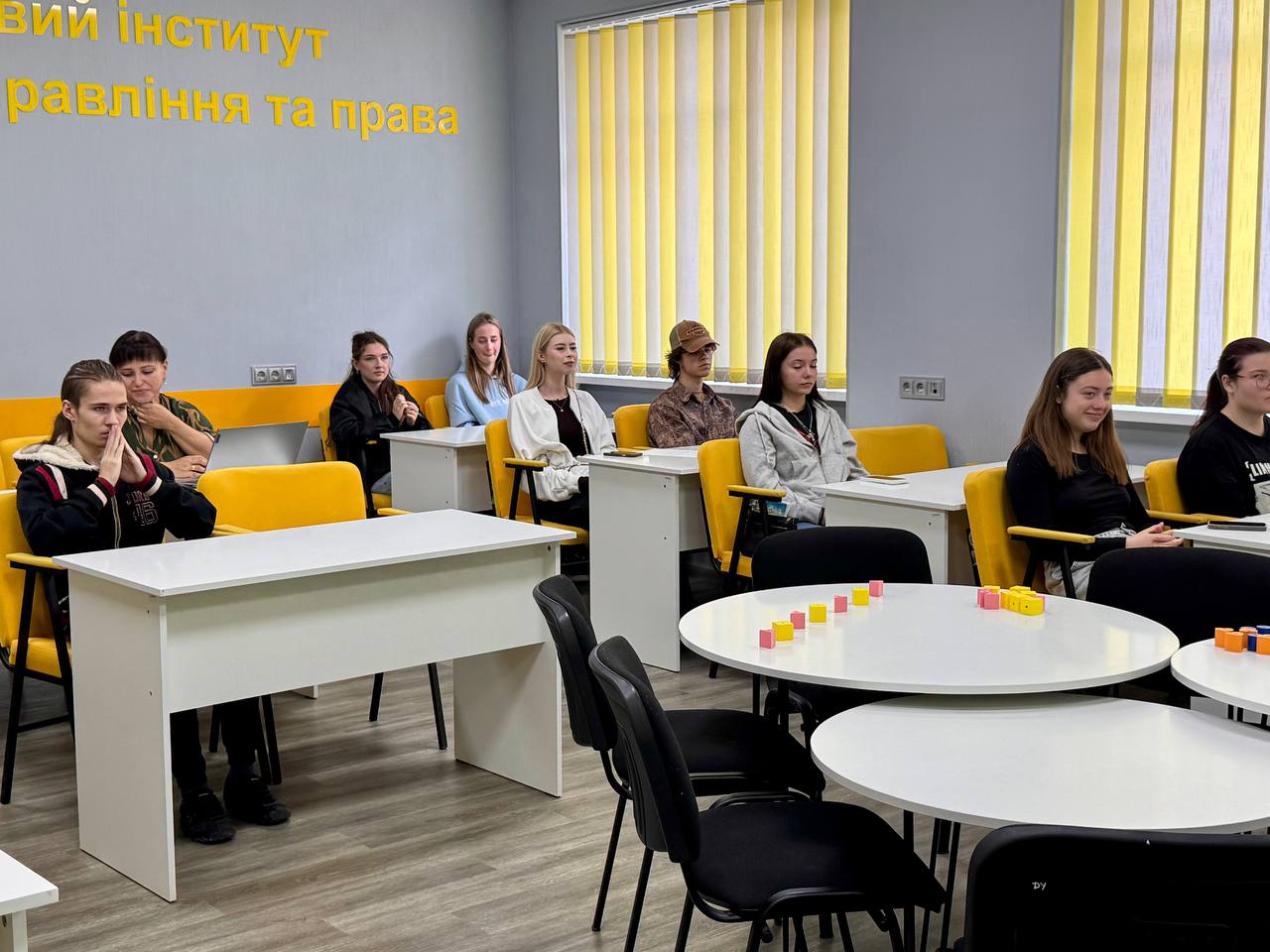
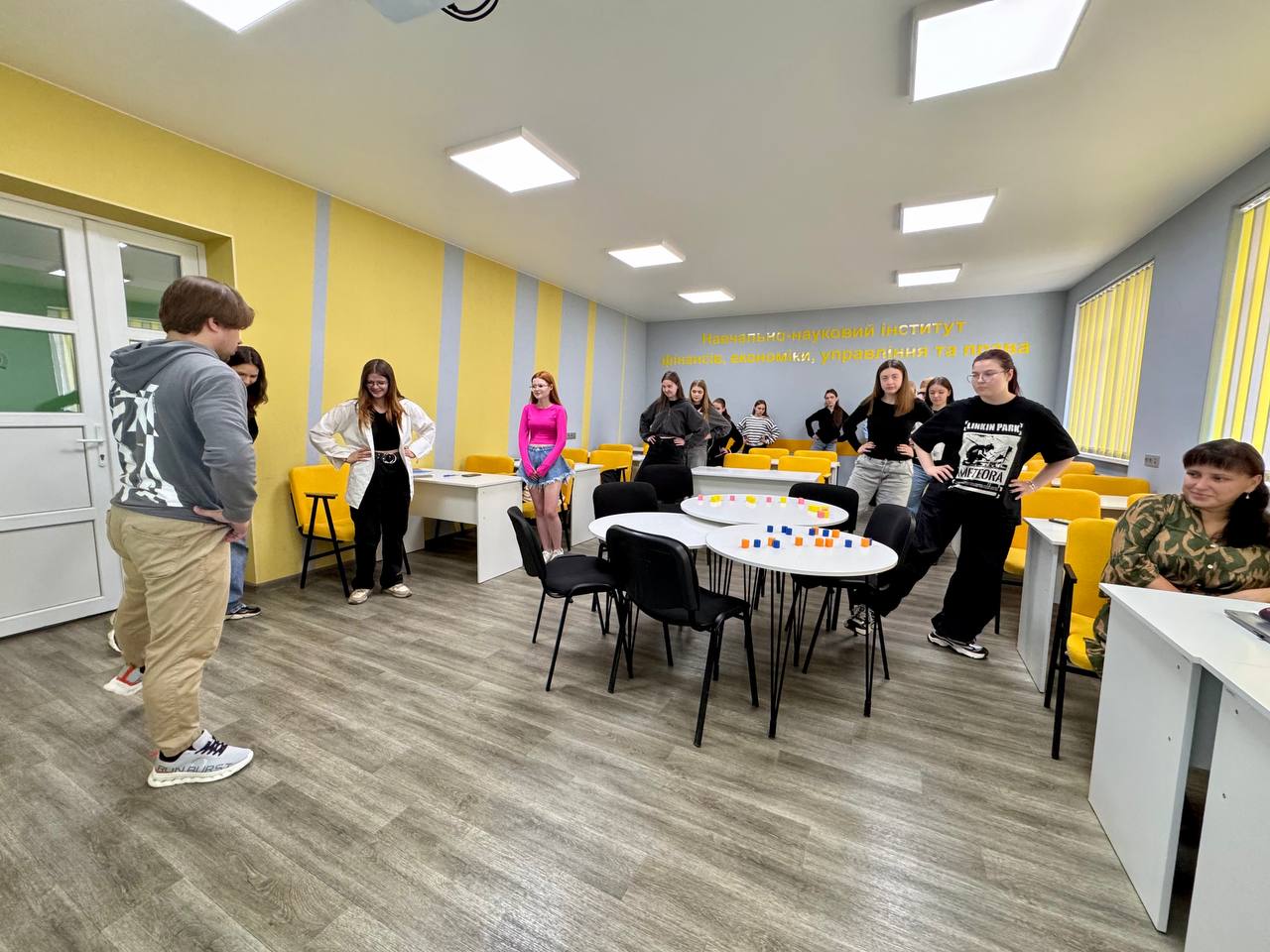
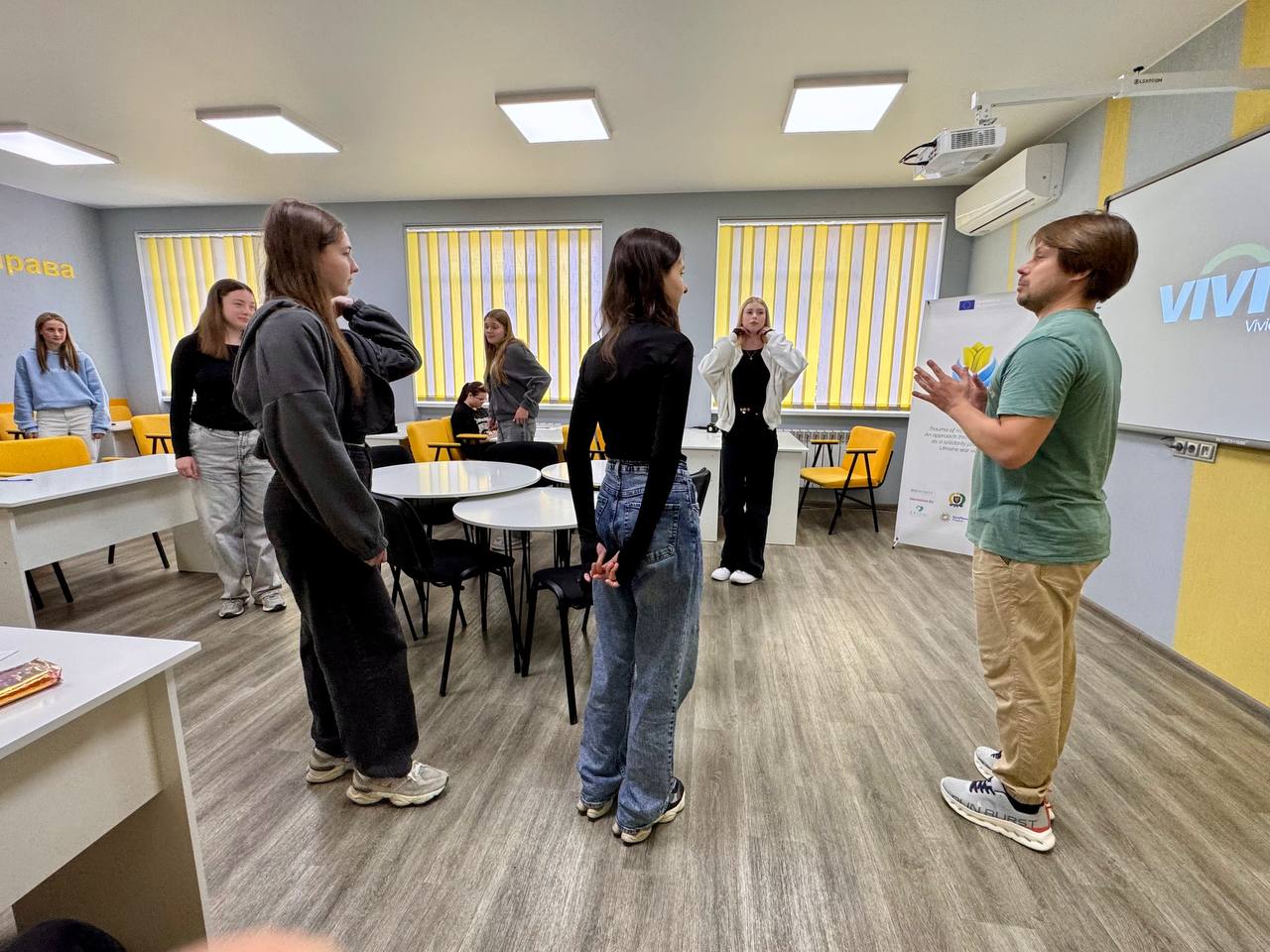
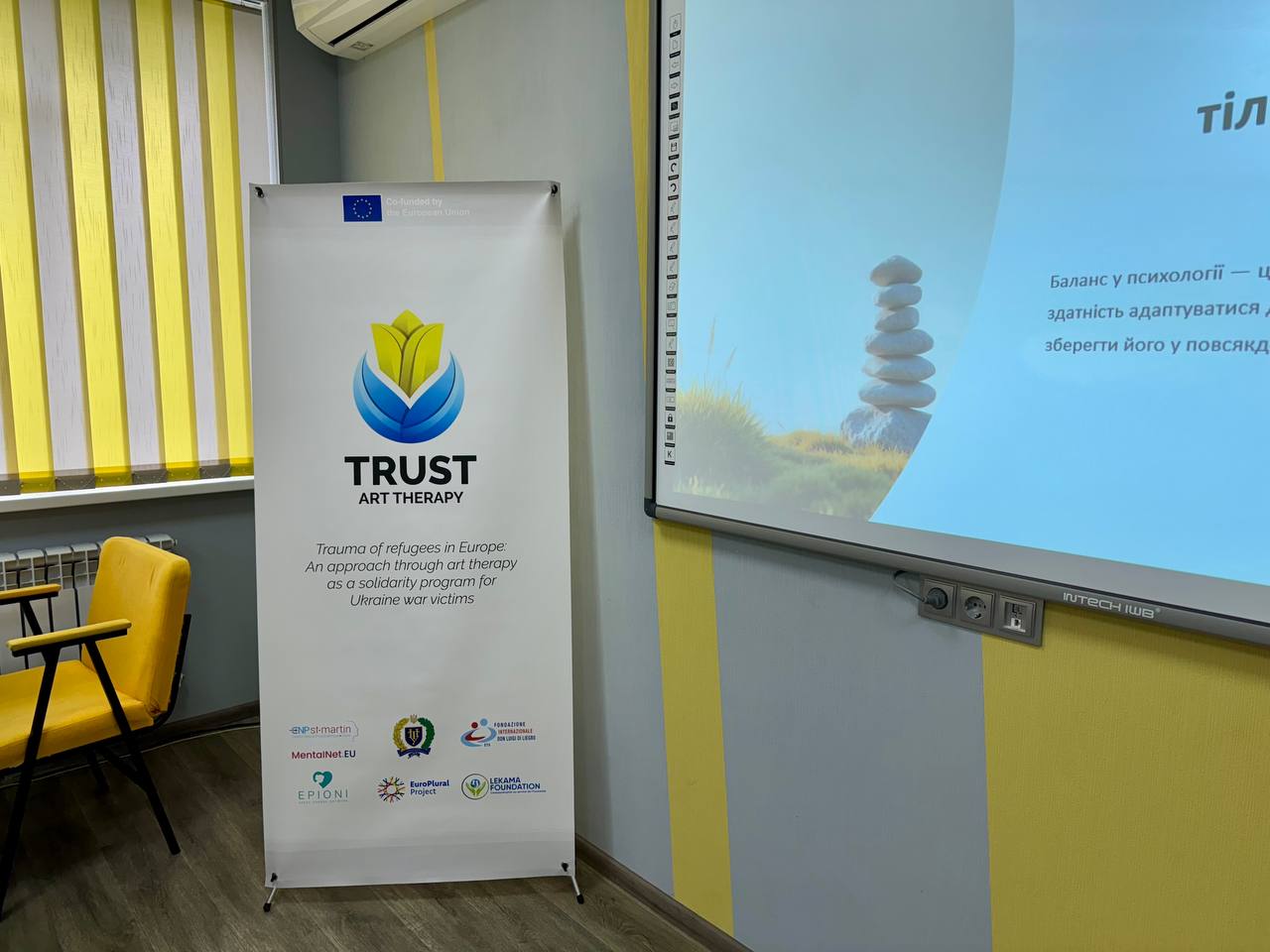
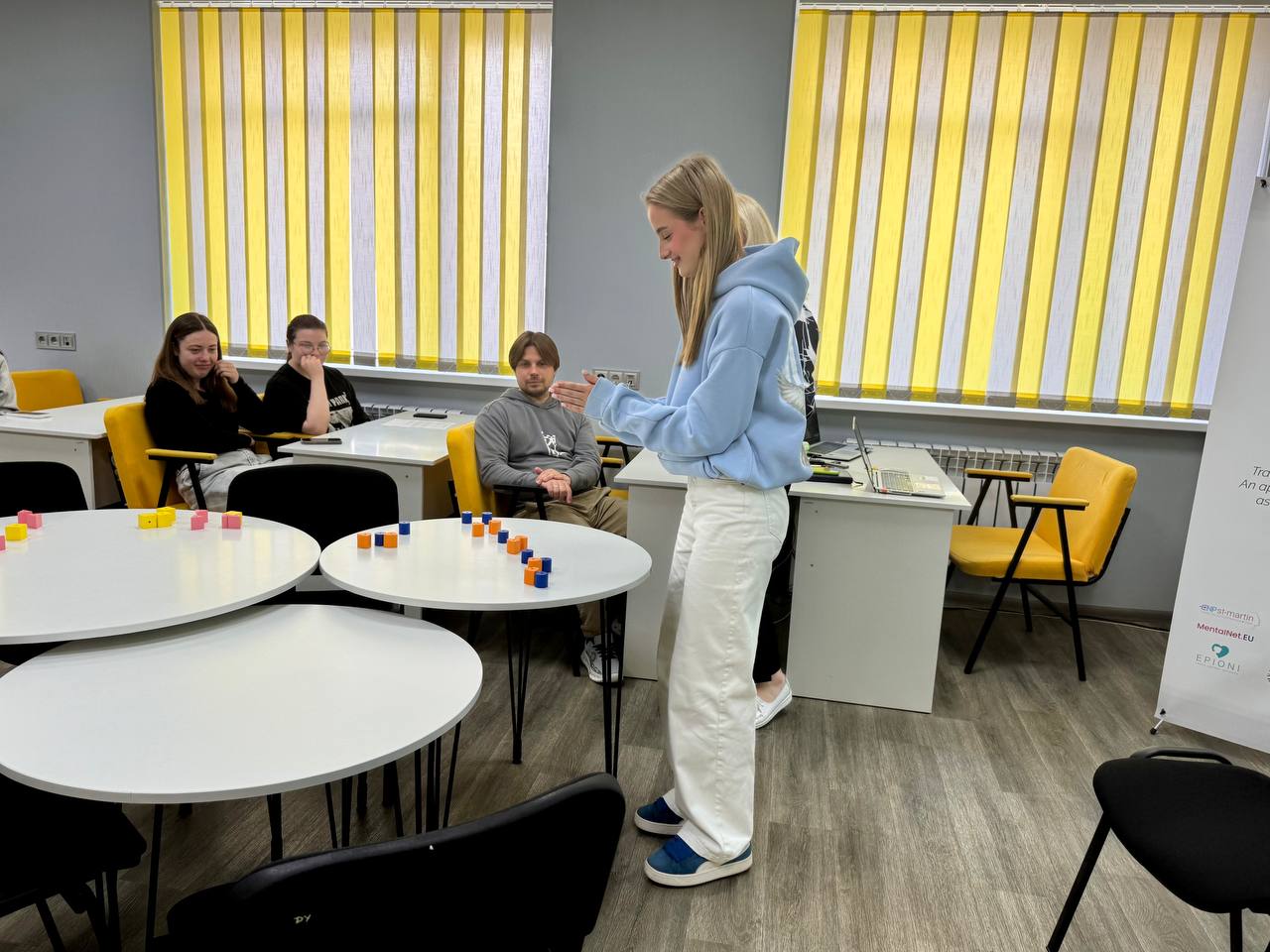

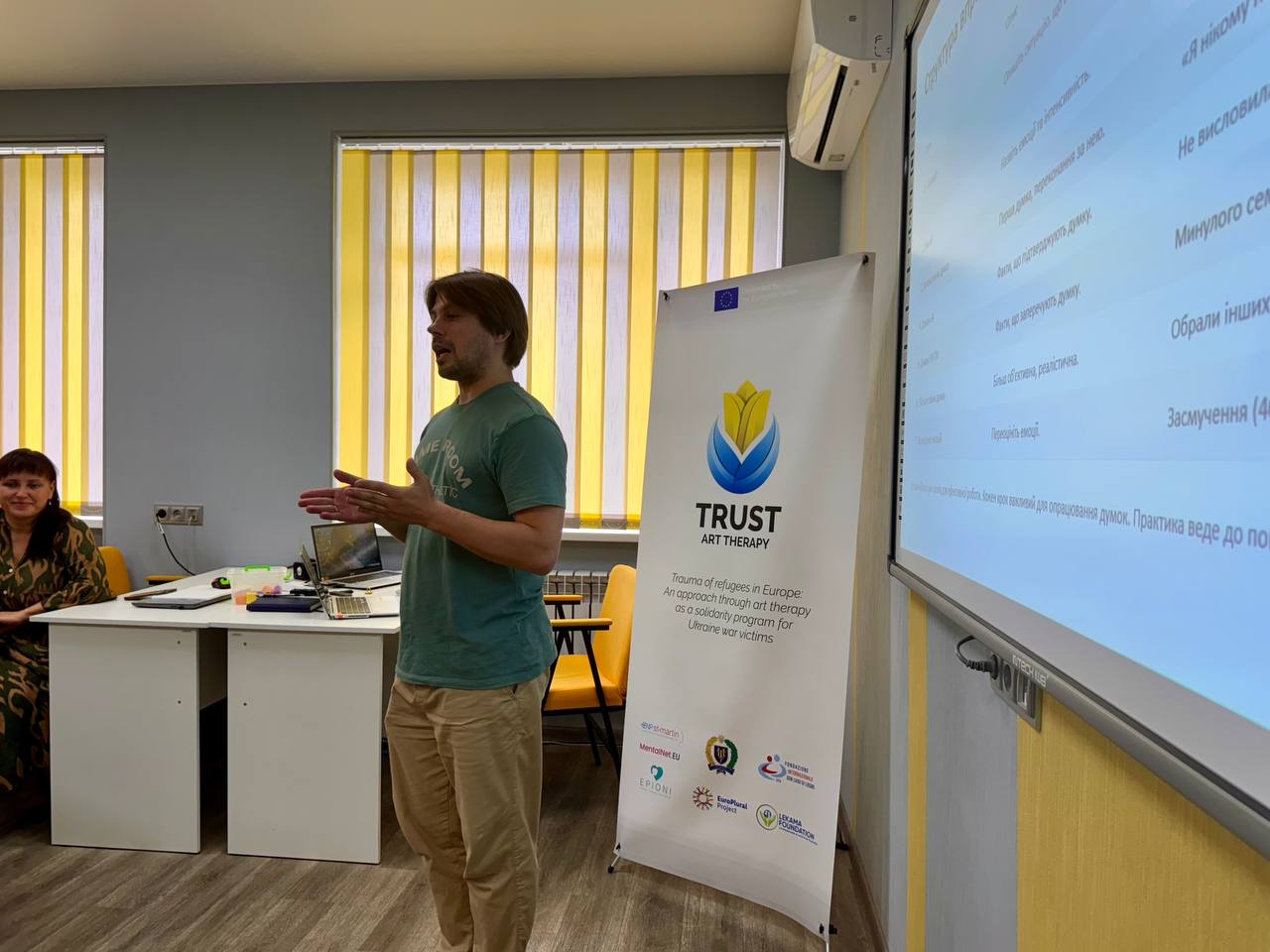
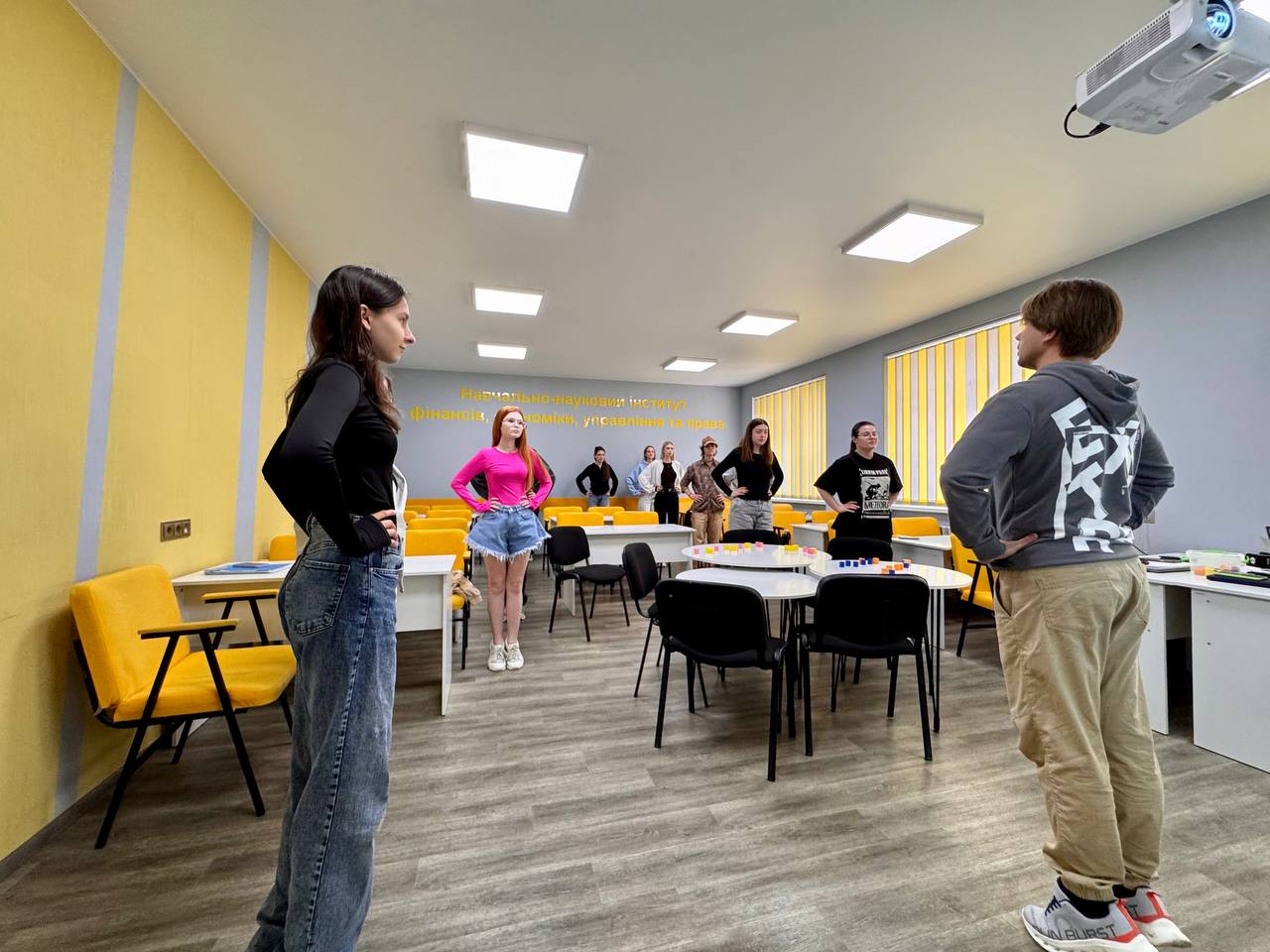
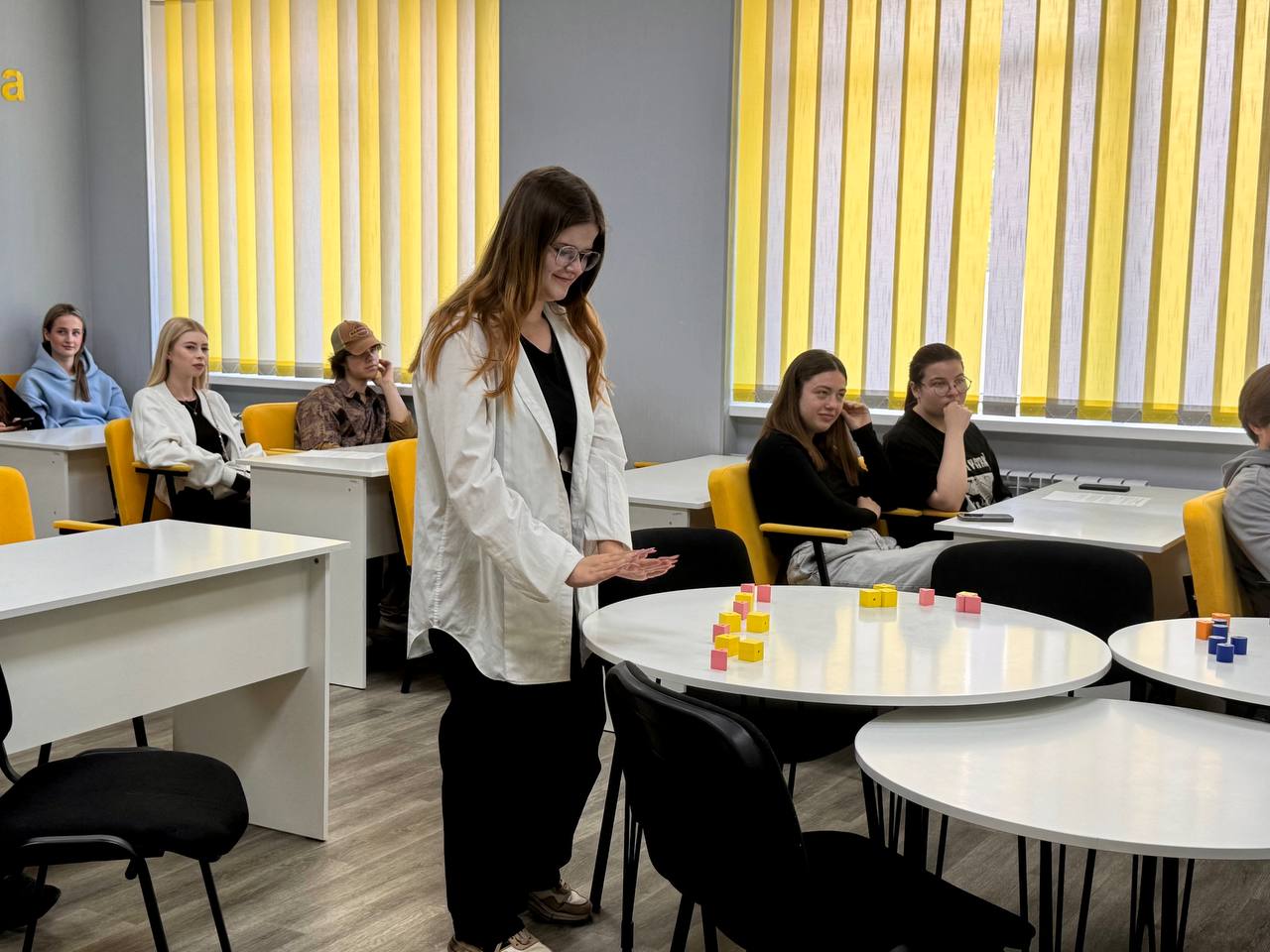
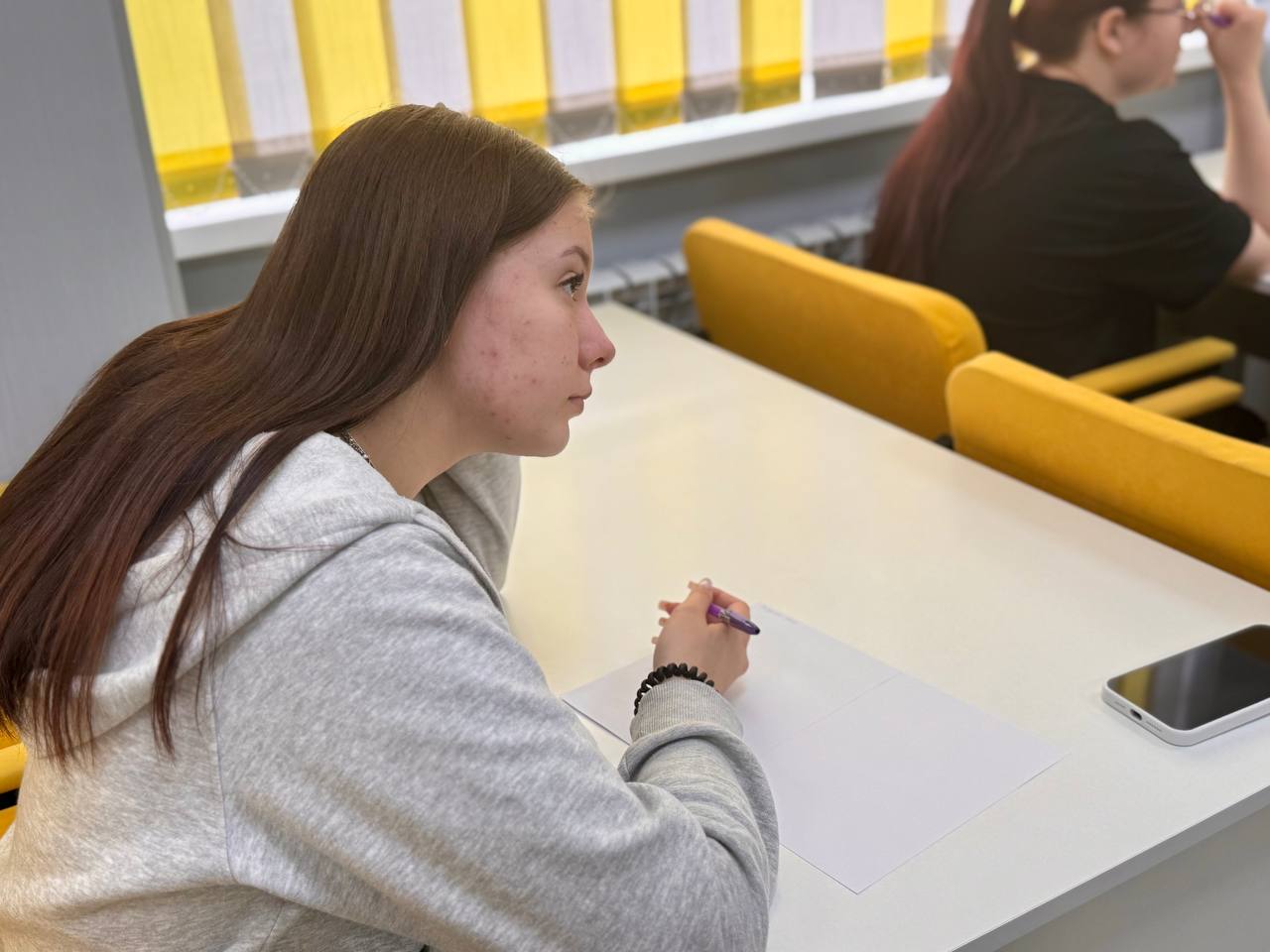
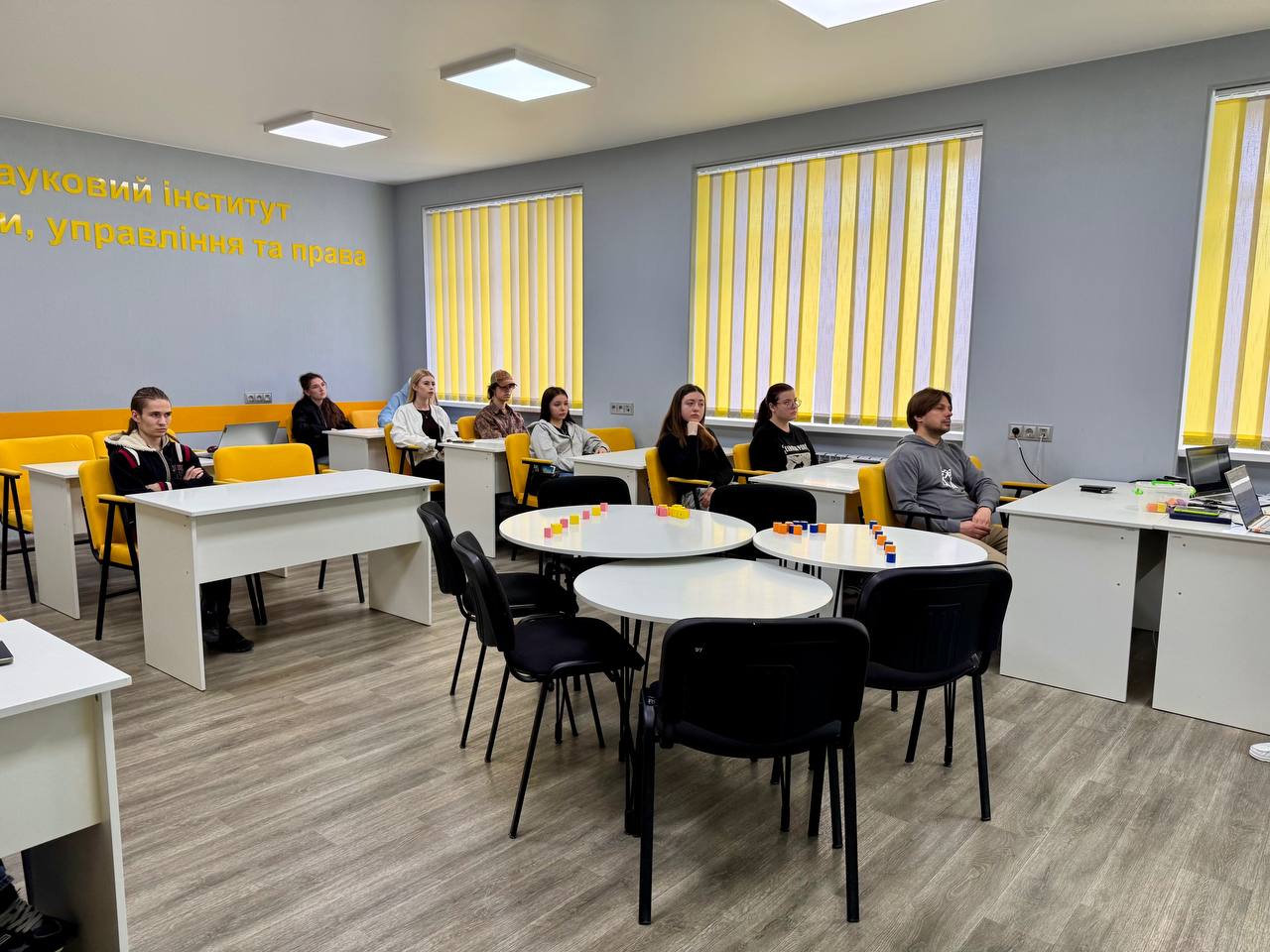
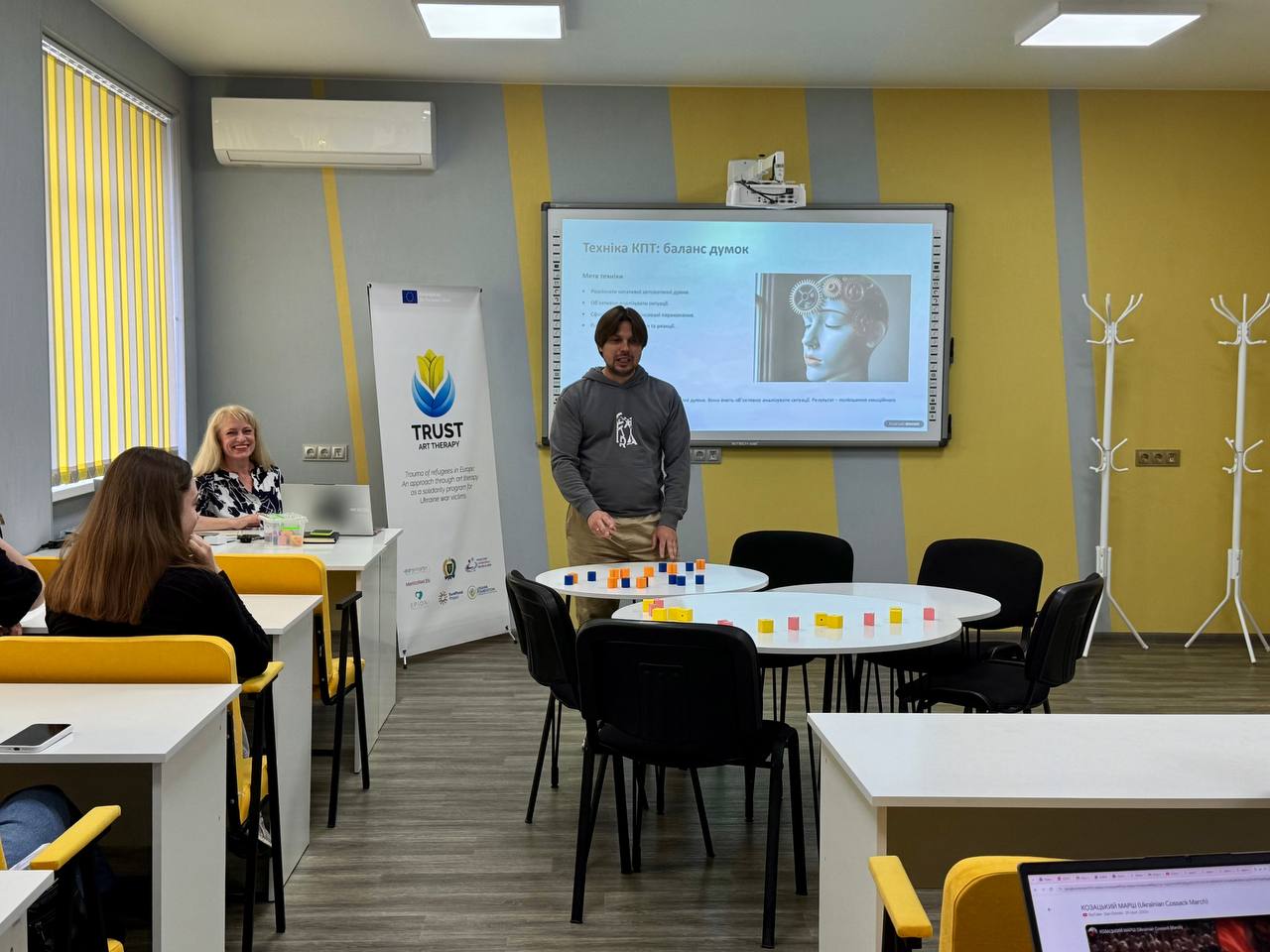
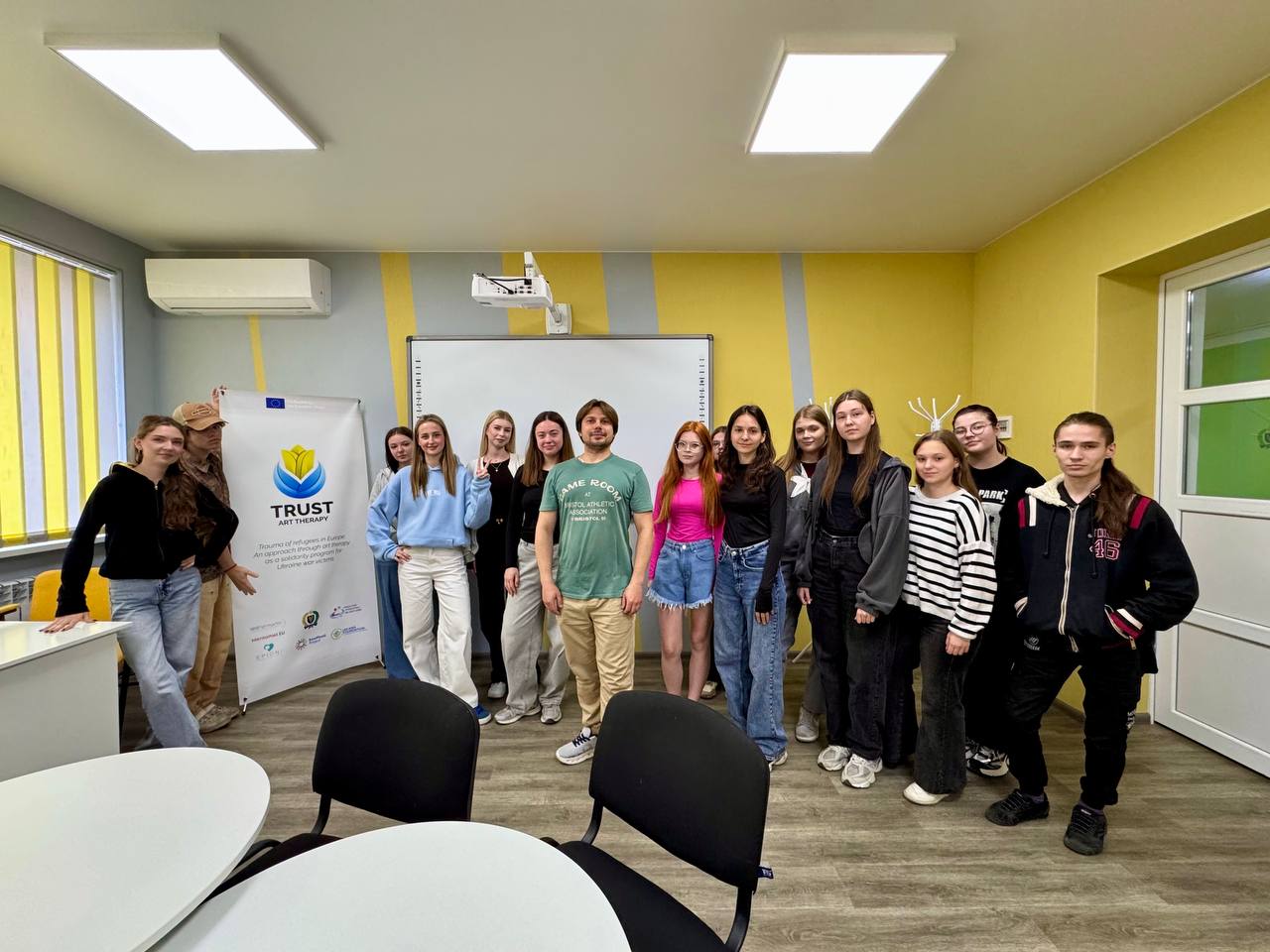
These art therapy meetings at Poltava Polytechnic continue to foster an environment where young people can develop emotional literacy skills, strengthen their mental health, and acquire practical self-help tools during challenging times.
Looking ahead, further art therapy events under the TRUST initiative will unveil new trauma-focused techniques and deepen self-help practices. After all, art is not only about beauty – it is about the power to live, even when life shifts. It is about the inner resource that sustains us when the ground seems to slip away beneath our feet.
Media Centre of
National University “Yuri Kondratyuk Poltava Polytechnic”



